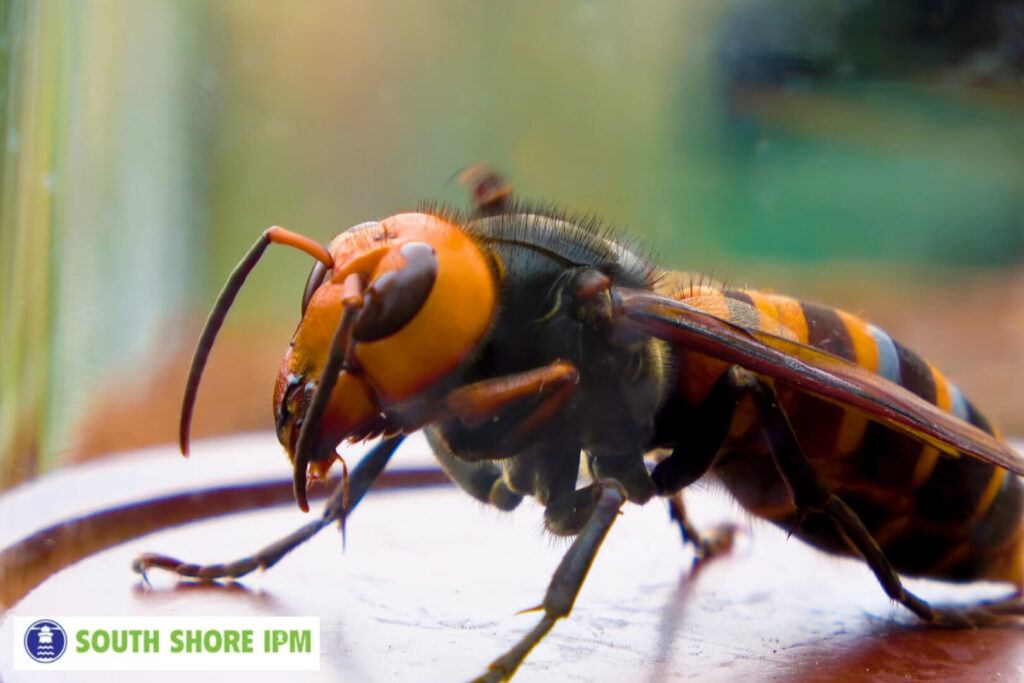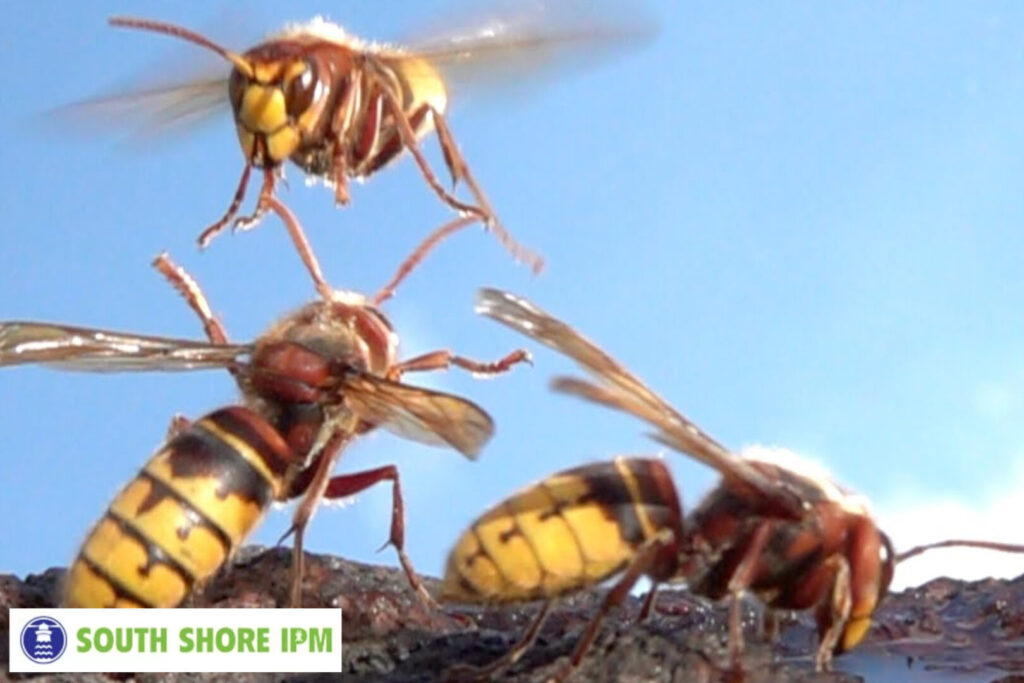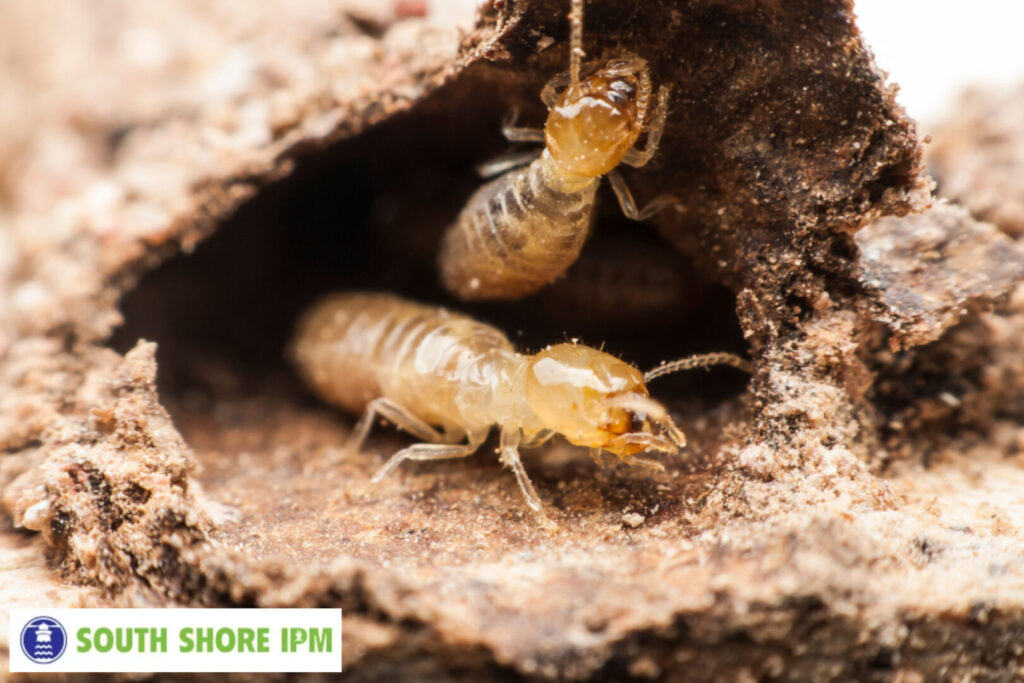Stingers in the Backyard: Are You Dealing with Hornets or Yellow Jackets?
When the warm weather arrives, many homeowners begin spending more time outdoors, enjoying their yards, gardens, and patios. However, with this increased time outside comes the increased risk of encountering stinging insects like hornets and yellow jackets. These pests are not only a nuisance but also pose potential health risks, especially for individuals who are allergic to stings. But how can you tell if you’re dealing with hornets or yellow jackets in your backyard? In this article, we’ll explore the differences between hornets and yellow jackets, how to identify them, and how to deal with them effectively.
Hornets vs. Yellow Jackets: What’s the Difference?
Understanding the differences between hornet vs yellow jackets is crucial when dealing with these pests in your backyard. While they are both types of wasps, they belong to different subfamilies and have distinct behaviors, appearances, and nesting habits.
Appearance
Hornets tend to be larger than yellow jackets, often growing up to 2 inches in length, while yellow jackets typically measure around 1/2 to 1 inch. Hornets usually have a more robust, larger body, and their coloration can vary depending on the species. Generally, hornets have a darker color, often a mix of brown, black, and white, with some having yellowish markings. On the other hand, yellow jackets are easily recognized by their bright yellow and black stripes, making them look quite striking and more dangerous.
Nesting Habits
One of the most noticeable differences between hornets and yellow jackets is where they build their nests. Hornets typically build their nests in elevated, sheltered areas like trees, eaves, or sheds. Their nests are large, paper-like structures made from wood fibers and are often found hanging from branches or roof overhangs. Yellow jackets, in contrast, tend to build their nests in the ground, often in abandoned rodent burrows or other underground cavities. They may also build nests in walls or other secluded areas of a home.
Behavior
While both hornets and yellow jackets can be aggressive when they feel threatened, yellow jackets are generally more aggressive and territorial. They are more likely to sting multiple times, and they tend to do so in defense of their nest. Hornets, though they can also sting if provoked, are less likely to be as aggressive as yellow jackets. However, hornets can still pose a threat, especially if their nest is disturbed.
Lifecycle
Both hornets and yellow jackets are social insects that live in colonies. During the spring and summer, the queen lays eggs that hatch into worker wasps. These workers gather food and defend the nest until the fall when the colony begins to die off. New queens are born during this time and will hibernate until the next spring. It is during the late summer and fall that hornets and yellow jackets become the most active and aggressive.
Identifying Hornet and Yellow Jacket Nests
Knowing how to identify the nests of hornets and yellow jackets can help you determine what kind of pest you’re dealing with and how to handle the situation. If you spot a nest hanging from a tree or structure, it’s likely a hornet nest. These nests are large, grayish-brown, and paper-like. In contrast, yellow jacket nests are typically found underground, and they may appear as small holes in the ground, often near vegetation or structures.
Wasp Nest vs Hornet Nest
Understanding the difference between a wasp nest vs hornet nest is also essential. In contrast, all hornets are wasps, not all wasps are hornets. Wasp nests are often smaller and can be found in a variety of places, including trees, bushes, or even within wall voids. Hornet nests, on the other hand, are typically much larger and are made of a thicker, more durable paper-like material. If you’re dealing with a larger, more aggressive colony, there’s a good chance it’s a hornet nest rather than a standard wasp nest.
How to Handle Hornets and Yellow Jackets in Your Backyard
Dealing with hornets and yellow jackets in your backyard can be tricky. While it might seem tempting to tackle the nest yourself, it’s essential to understand that these pests can be dangerous, especially if you have a known allergy to stings. Here are some tips for handling the situation:
1. Do Not Disturb the Nest
If you spot a hornet or yellow jacket nest, the first rule is to avoid disturbing it. These insects are highly protective of their colonies, and disturbing the nest could trigger a defensive attack. It’s best to stay clear of the area and avoid doing anything that could provoke the insects.
2. Call a Professional Pest Control Service
The safest and most effective way to deal with hornets and yellow jackets is to contact a professional pest control Plymouth service. These experts have the experience and equipment to safely remove the nests and prevent the insects from returning. They will also ensure that your home or property is protected from future infestations. If you’re looking for hornet control near me, consider checking out your local pest control companies and requesting a thorough inspection of your yard and property.
3. Avoid Attracting Pests
Prevent attracting hornets and yellow jackets by eliminating food sources in your backyard. These insects are often drawn to sweet foods, such as sugary drinks and fruits. Make sure trash cans are tightly sealed, and clean up food scraps after outdoor meals. Keeping your yard tidy can help reduce the likelihood of an infestation.
4. Use Protective Gear if Attempting to Remove the Nest Yourself
If you decide to remove the nest on your own (not recommended), it’s important to wear protective clothing, including long sleeves, pants, gloves, and a beekeeper-style face mask. Always approach the nest at night when the insects are less active. Use a wasp and hornet treatment designed for nest removal.
How to Prevent Hornets and Yellow Jackets from Returning
After removing a nest, you’ll want to take steps to prevent these pests from returning. Sealing potential entry points, such as cracks in walls or holes in eaves, can keep hornets and yellow jackets from finding a place to build their next nest. Regular inspections of your property, especially during the summer and fall, can help spot new nests early, giving you the chance to address the issue before it becomes a full-fledged problem.

In Conclusion
Understanding the differences between hornets and yellow jackets and how to deal with them can help keep your backyard safe and pest-free. These stinging insects can pose a real danger, but with the right knowledge and professional help, you can handle the situation effectively.
About South Shore IPM
South Shore IPM is your trusted partner in creating pest-free environments. We are dedicated to providing effective, eco-friendly pest control Plymouth MA solutions that are tailored to your specific needs. Whether you’re dealing with stinging insects like hornets and yellow jackets, or other pests, our team is here to help. Located in Plymouth, MA, we specialize in a variety of pest control services, including general pest control, mosquito control, and more.







